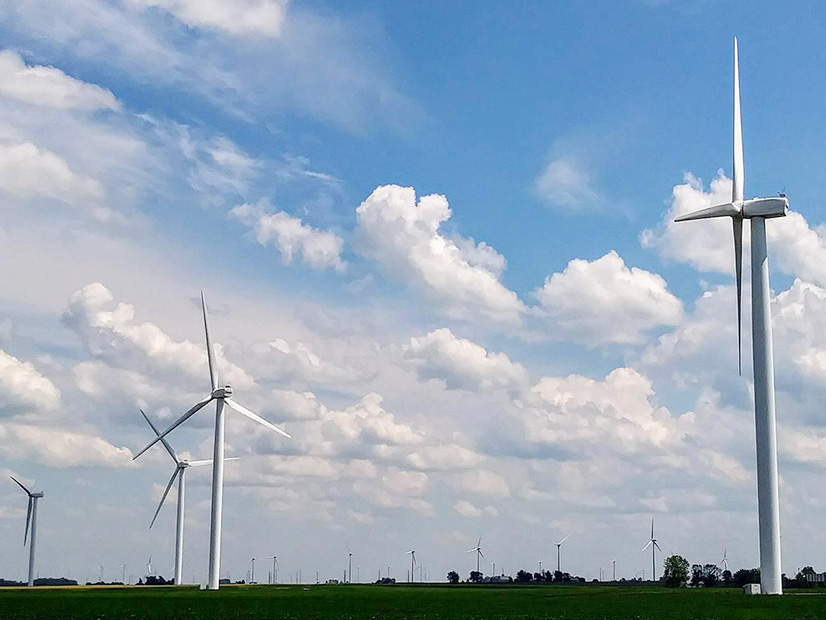Stakeholders told MISO Wednesday it should use a consistent capacity accreditation process for both its conventional and non-thermal generators.
The request comes as MISO is evaluating new accreditation options for non-thermal generation. The RTO filed with FERC late last year to change its accreditation for conventional resources to a seasonal value based on a unit’s past performance during tight conditions. The new accreditation is contained in a larger filing to create four seasonal capacity auctions (ER22-495). (See Deficiency Notices for MISO’s Seasonal Capacity Auctions Bid.)
At the time, MISO elected to wait to propose a new accreditation for its other, intermittent generating units.
Now, MISO is evaluating three accreditation options for non-thermal resources:
- Expanding its effective load carrying capability (ELCC) calculation, currently in use for wind generation, to include solar generation and other intermittent resources;
- Using an availability-based accreditation based on generator performance during “resource adequacy hours” — tight margin and emergency periods — over four historical planning years. That accreditation style is pending before FERC for MISO’s conventional resources; or
- Employing a blend of ELCC and an availability-based accreditation.
The blended approach would have MISO identifying seasonal risky hours in addition to running a loss of load expectation (LOLE) analysis to identify possible shortfall events. MISO said it will “develop windows of risk for each season by combining resource adequacy hours and LOLE events.” Capacity credits would be issued based on generator performance during the combined risk periods.
Stakeholders attending an April 20 Resource Adequacy Subcommittee (RASC) teleconference said they want comparability across accreditation of thermal and non-thermal resources. They said if thermal resources are going to be valued based on their historical contributions during times of system need, non-thermal resources need to be as well.
WEC Energy Group’s Chris Plante questioned why MISO considers ELCC “good enough” for intermittent resources but not for conventional resources.
“Why are we making a distinction between intermittent and conventional resources when, at the end of the day, we’re trying to determine the same thing?” he asked.
“We don’t need to have apples-to-apples, but we at least need a fruit salad. We can’t be throwing onions in,” Clean Grid Alliance’s Natalie McIntire said.
MISO staff said they’re still considering accreditation designs. The RTO plans to hold a special workshop sometime in June and set a direction on a new accreditation in July. It said it will work on a design with stakeholders through the end of the year.
During the March RASC, McIntire encouraged MISO to pursue an entire rethink of its resource adequacy construct instead of developing a new capacity accreditation for intermittent resources. Other stakeholders have also asked MISO to assess the entirety of its resource adequacy construct.
MISO’s Scott Wright told stakeholders the accreditation redesign for non-thermal resources is only a piece of the reforms MISO envisions needing as the resource mix transitions away from centralized, baseload generation.
“This is not the end or a destination,” Wright said.




